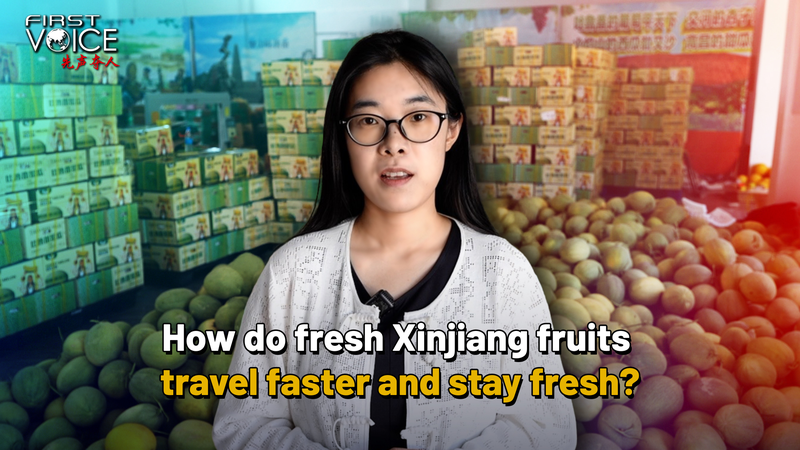In the northwest of the Chinese mainland, the Xinjiang Uygur Autonomous Region has long been celebrated for its naturally sweet fruits. Yet, its remote location posed a major hurdle: getting those juicy treasures quickly into hands around the world without losing freshness. So, how are growers and logistics experts bridging thousands of kilometers to deliver peak orchard flavor?
Building a Cold Chain Lifeline
Thanks to significant investments in cold chain infrastructure, dedicated storage and transport hubs now dot the region. Here’s how it works:
- Pre-cooling Facilities: Fruits are rapidly cooled to an optimal temperature within hours of harvest.
- Refrigerated Rail Cars: Specialized containers maintain precise conditions throughout the journey.
- Real-Time Monitoring: Sensors track temperature and humidity, alerting teams to any fluctuations instantly.
Multi-Modal Routes and Speedy Rail Links
Breaking the distance barrier means combining rail, road, and air freight into seamless corridors:
- Dedicated fruit express trains now connect to major hubs in under a week.
- Air-rail combination services offer even faster delivery for premium produce.
Data-Driven Impact
Since the launch of new logistics schemes:
- Average transit time has been cut by half, shrinking from 10 days to just 5.
- Post-harvest losses have dropped by 30%, ensuring more fruit arrives in peak condition.
What This Means for You
For global citizens, food tech enthusiasts, and digital nomads alike, this cold chain revolution means:
- Year-round access to fresh, flavorful fruits from far-flung orchards.
- Insights into how sustainability and innovation can reshape supply chains.
- Opportunities to explore new regions, whether on the plate or in person, without compromise.
Curious to see these high-tech logistics in action? Watch our video for an inside look at how Xinjiang fruits go from farm to global tables, faster and fresher than ever.
Reference(s):
cgtn.com




